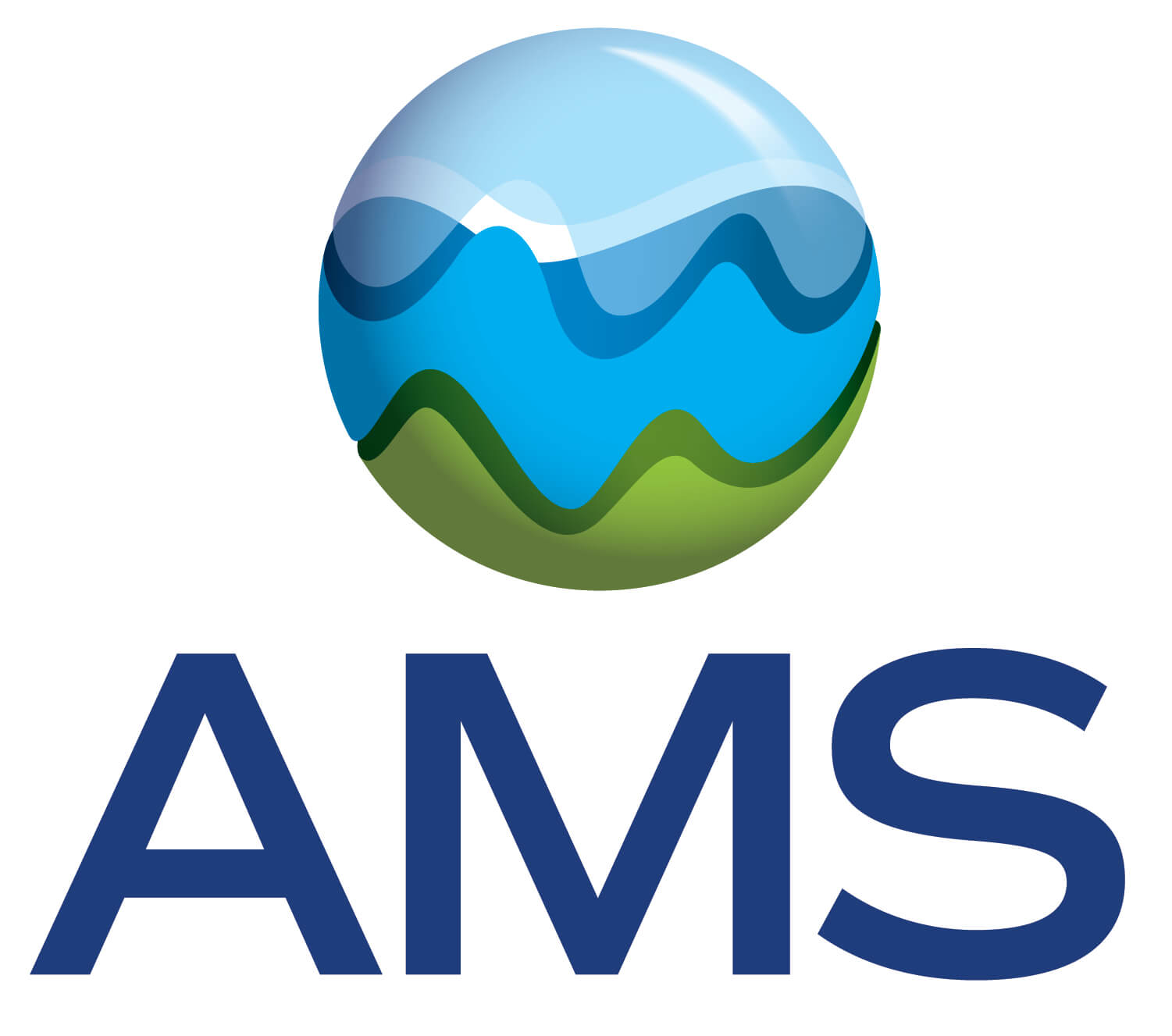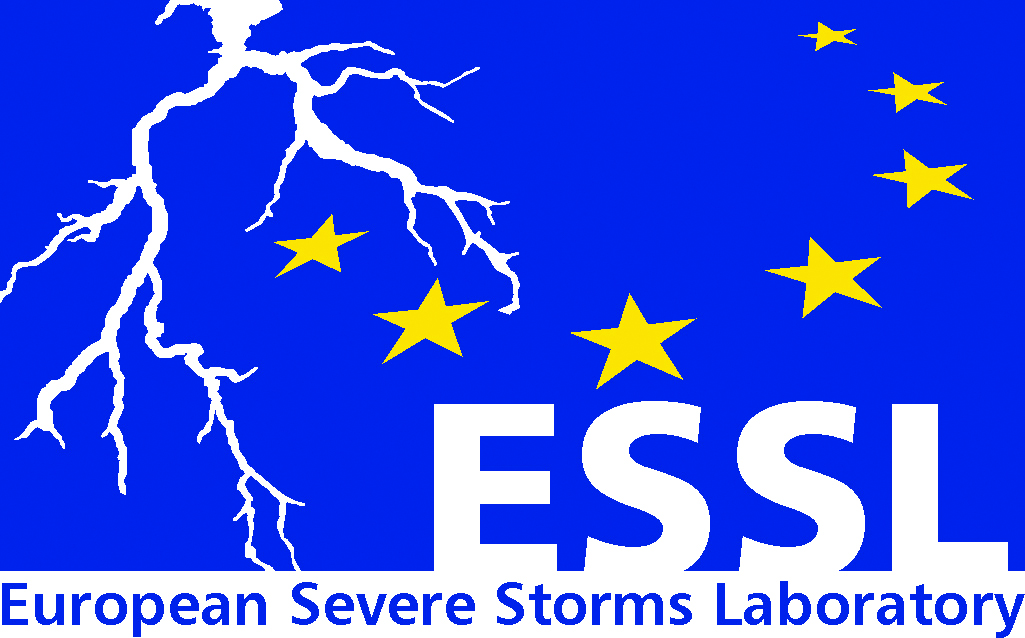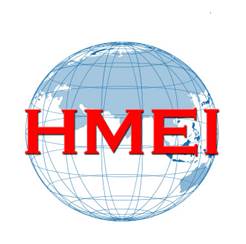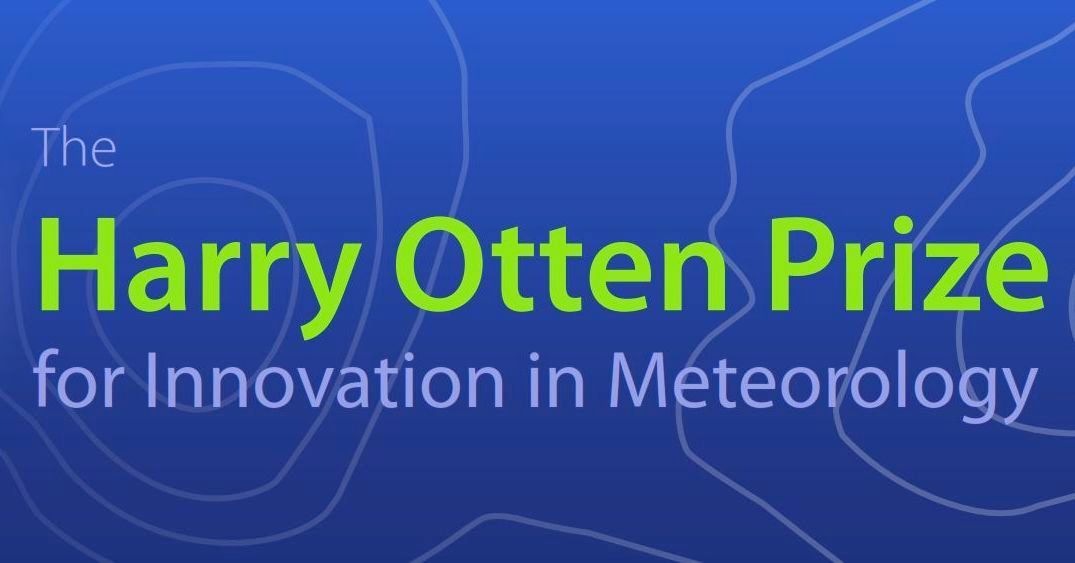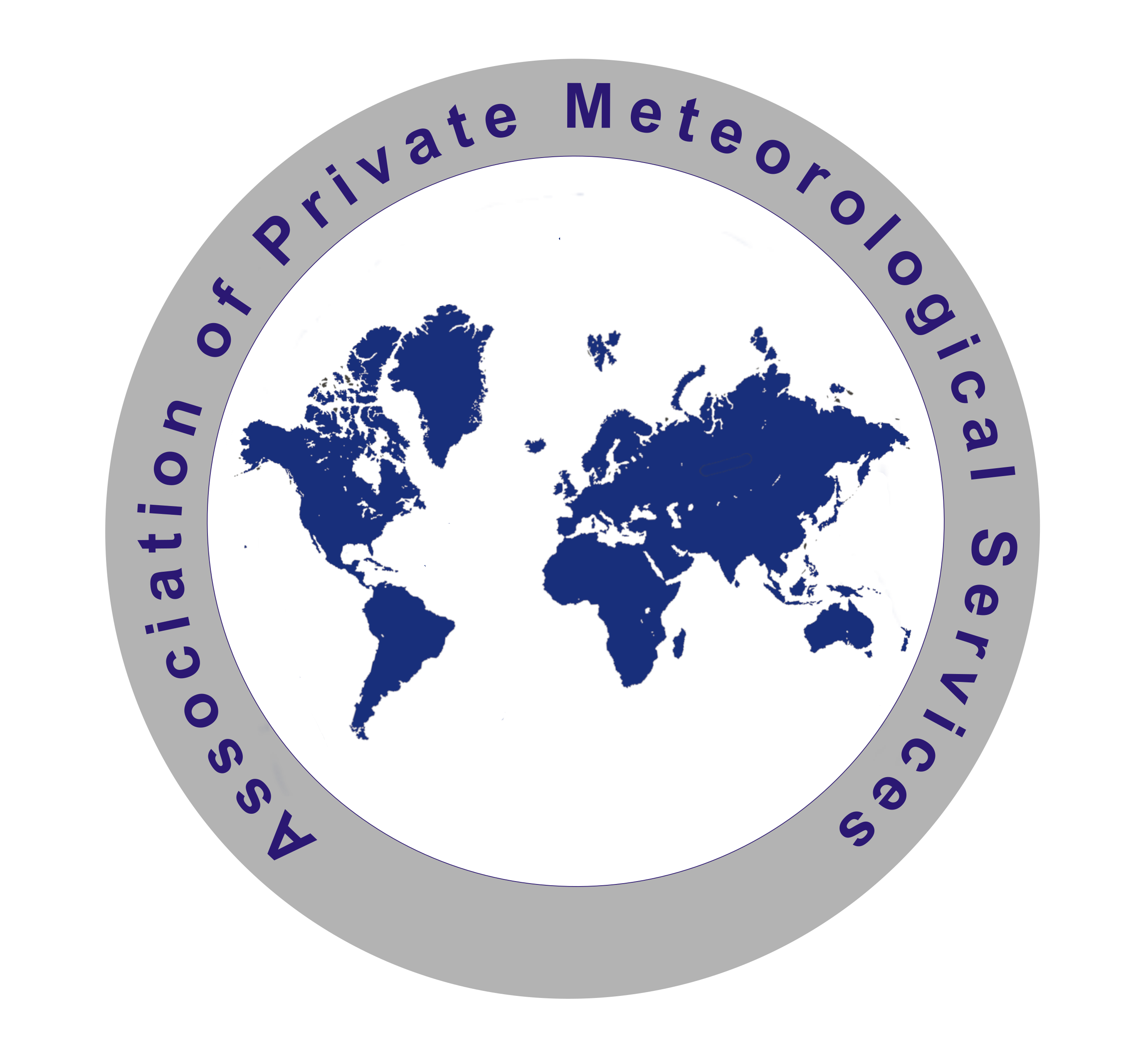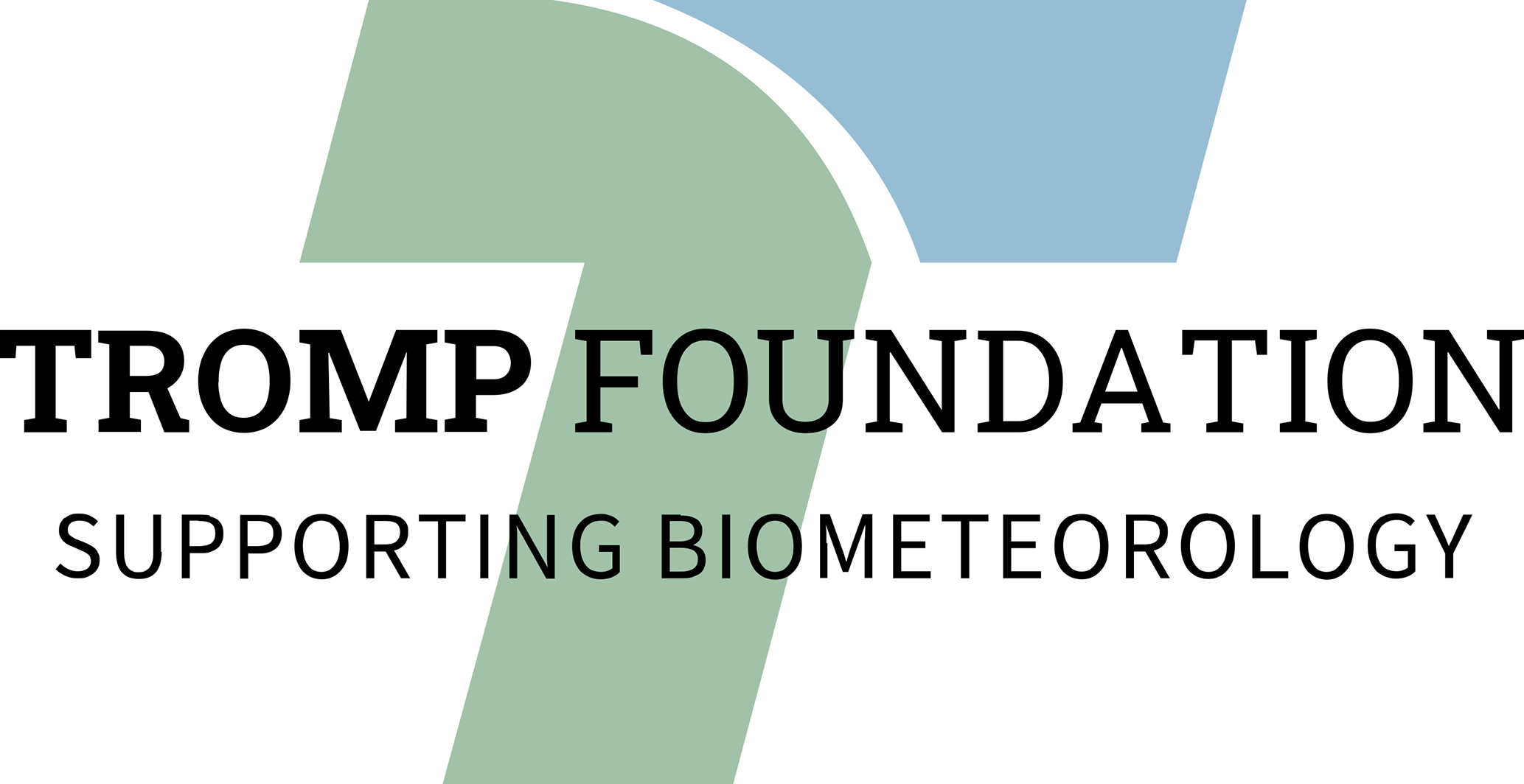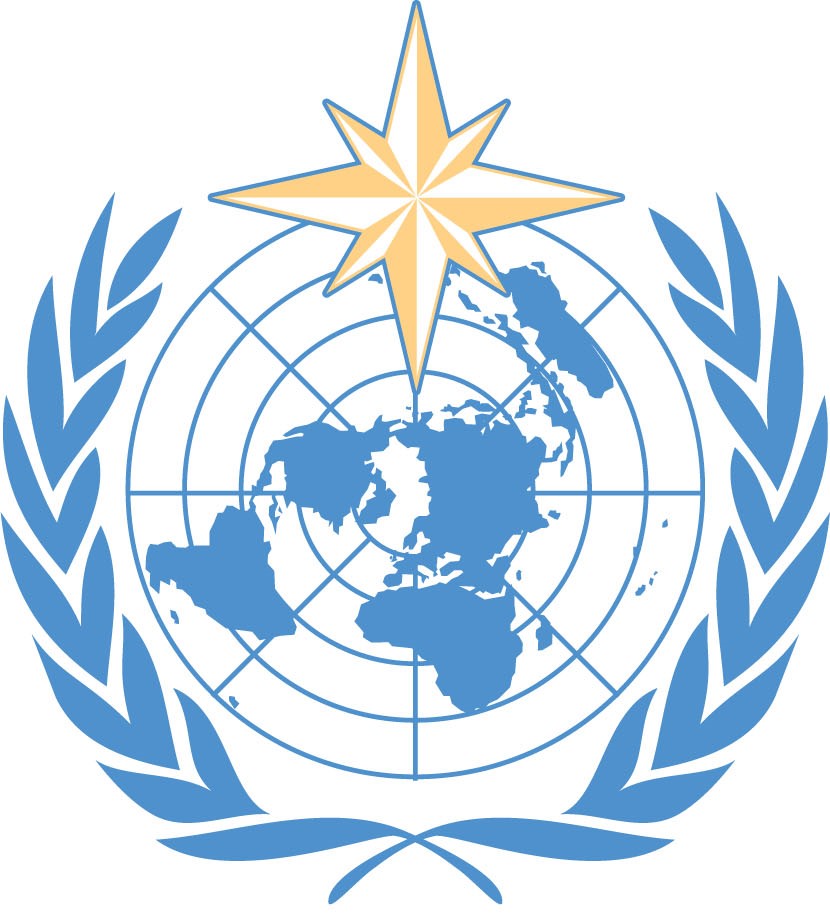- Charles University, Faculty of Mathematics and Physics, Department of Atmospheric Physics, Prague, Czechia (shruti.verma@matfyz.cuni.cz)
Understanding the Role of Soil Moisture-Atmosphere Interactions during European Summer Heat Wave Using Regional Climate Modeling
Abstract:
European summer heat waves pose significant challenges to society, ecosystems, and infrastructure. Understanding the intricate interplay between soil moisture and the atmosphere during these events is crucial for accurate prediction and effective mitigation strategies. This topic delves into the complexities of this relationship, utilizing regional climate modeling to explore the mechanisms driving heat wave dynamics over Europe.The developments of extreme heatwave often linked to the emergence of local high pressure, lead to decrease cloud cover and more shortwave solar radiation at the surface as well as adiabatic subsidence that leads to anomalous high temperature. In this paper, state-of-the-art regional climate model, RegCM5 has been dynamical downscaling over EURO-CORDEX domain (12km horizontal resolution) with 3 hourly initial and boundary condition of ERA-5 to replicate the dynamical features of extreme heatwave event that occurred during 2019, 2020 and 2021 over Europe.This study investigates the sensitivity experiments and coherence in the combination of different physical parameterization with specific focus on role of soil moisture in modulating synoptic pattern and spatio temporal evaluation of extreme heat wave event in the model simulation.
The coupling of drought and heatwaves can intensify individual hazards by linking soil moisture with atmospheric conditions (Shukla et al., 2015), accelerating projected impacts on ecosystems, socioeconomics, and human health. This combined effect results in increased evaporation, causing surface soil moisture to decline, which in turn creates a positive feedback loop. This alteration affects the surface energy balance by changing the distribution of sensible and latent heat fluxes, resulting in above-normal surface air temperatures. Additionally, this study aims to elucidate the synoptic pattern and spatiotemporal evaluation of extreme heatwave events, with a particular focus on the feedback mechanism between soil moisture and the atmosphere. This mechanism acts as a secondary positive feedback by amplifying anticyclonic conditions (Thompson et al., 2022), which promote a strong high-pressure ridge over the Iberian Peninsula, France, and neighboring regions.
Keywords: Regional climate model, European Heatwave, Soil moisture-atmosphere feedback
How to cite: Verma, S., Crespo, N. M., Belda, M., Halenka, T., and Huszar, P.: Understanding the Role of Soil Moisture-Atmosphere Interactions during European Summer Heat Wave Using Regional Climate Modeling, EMS Annual Meeting 2024, Barcelona, Spain, 1–6 Sep 2024, EMS2024-934, https://doi.org/10.5194/ems2024-934, 2024.

